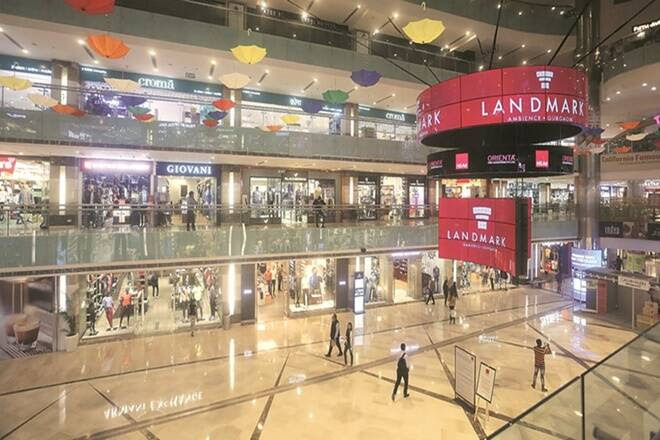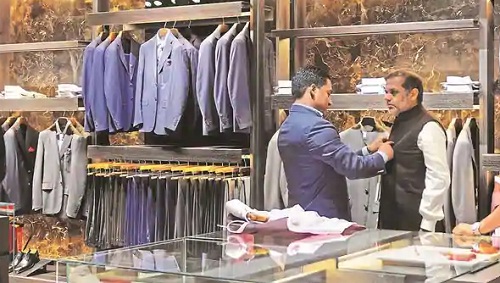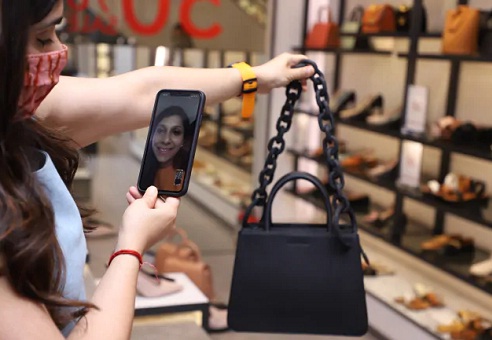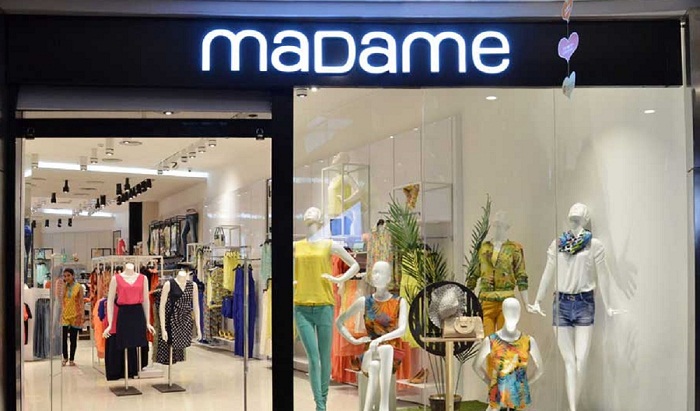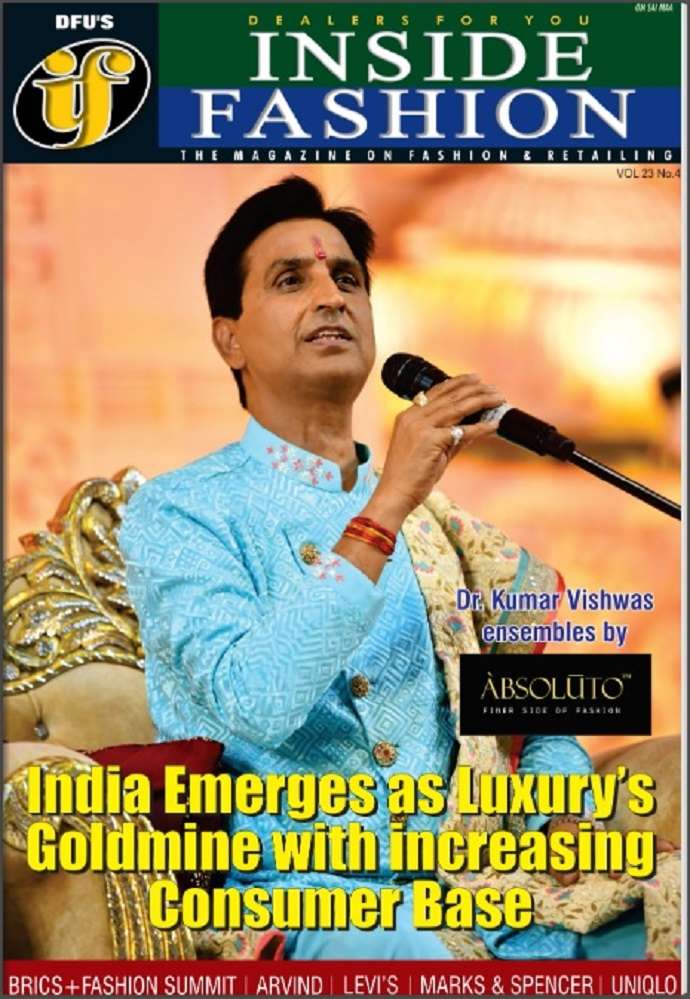Reliance Industries has spread its wings in retail with its acquisition of debt-strapped Future Group. Valued at Rs 24,713 crore, the deal doubles Reliance’s $68 billion retail business by merging five listed units of the Future Group into Future Enterprises (FEL). Reliance Retail will also invest Rs 1,200 crore in FEL preferential equity and Rs 1,600 crore in preferential warrants.
Doubles retail footprint
The deal increases the retail store footprint of Reliance Retail from current 28.7 million sq. ft. to 52.5 million sq. ft, consolidating its supreme position in the industry. As UBS analysts say, the deal would require approvals from SEBI, CCI and NCLT in addition to no objection from creditors and minority shareholders. However, it would benefit Reliance by increasing its geographic presence, improving sourcing efficiencies and rationalizing costs.
HSBC believes the deal will allow Reliance Retail to double its current retail footprint besides increasing store count by 15 per cent. The acquisition includes a complete acquisition of Future Retail, Future Lifestyle Fashions Ltd (FLFL) and Future Supply Chain Solutions (FSCSL). In addition, Reliance will also acquire 13.1 per cent shares in the remaining of FEL.
Consolidate market position
The transaction could also consolidate Reliance Retail's position in the organized retail business across categories, says Goldman Sachs. It will boost the company’s warehousing and logistics facilities enabling its online operations to grow at a faster rate besides improving competitiveness against foreign retailers like Walmart and Amazon.
As per Motilal Oswal, besides improving its retail footprint, the deal would also help the company build competitive strength. Also, it would lower the time and cost of deliveries by JioMart as a result of its deeper presence through Future Retail's neighborhood store network of Heritage Fresh in South India and EasyDay Club in North India.
Global financial services company Nomura rates Future Group's retail business as the largest offline organized retail business in India after Reliance. The business is particularly strong in the grocery and fashion/lifestyle segments, has a pan-India presence, and has outlets at strategic locations.
However, due to COVID-19, the business faced several challenges and only a financially strong company like Reliance can help it turn around, grow sales volumes and improve profitability, says Nomura. It expects the combination with Reliance's existing retail advantage to bring synergy and scale advantages.
Operational benefits and supply chain integration
Valuing Reliance Retail at Rs 3.6 crore, Axis Capital believes besides network expansion, the acquisition offers Reliance tremendous benefits in operating synergies/scale efficiencies, supply-chain integration, and acceleration in JioMart rollout.
The current retail footprint of Future Retail stands at 16.1 million sq. ft. across a network of 1,388 outlets including 290 Big Bazaar stores and 990 Easyday, Heritage Fresh and Nilgiri stores. The proposed acquisition will boost Reliance's retail footprint to 13,540 outlets from the existing base 11,806 outlets as on June 30, 2020, says Kotak.
As an apparel retailer, Future Lifestyle Fashions operates the Central and Brand Factory stores across India. Besides, it also operates standalone stores in partnership with foreign brands like Clarks, Celio, etc. As of March 2020, the retailer boasted of a network of 348 stores and retail trading area of 7.7 million sq. ft.
In the past, Future Group has formed multiple partnerships with Amazon India, informs JP Morgan. Such investors would now have to pay a higher premium to buy into Reliance Retailer, the analyst adds. Valuing Reliance Retail at $65 billion with online grocery delivery business JioMart accounting for $20 billion, the analyst estimates the deal to take a year to be finalized.




